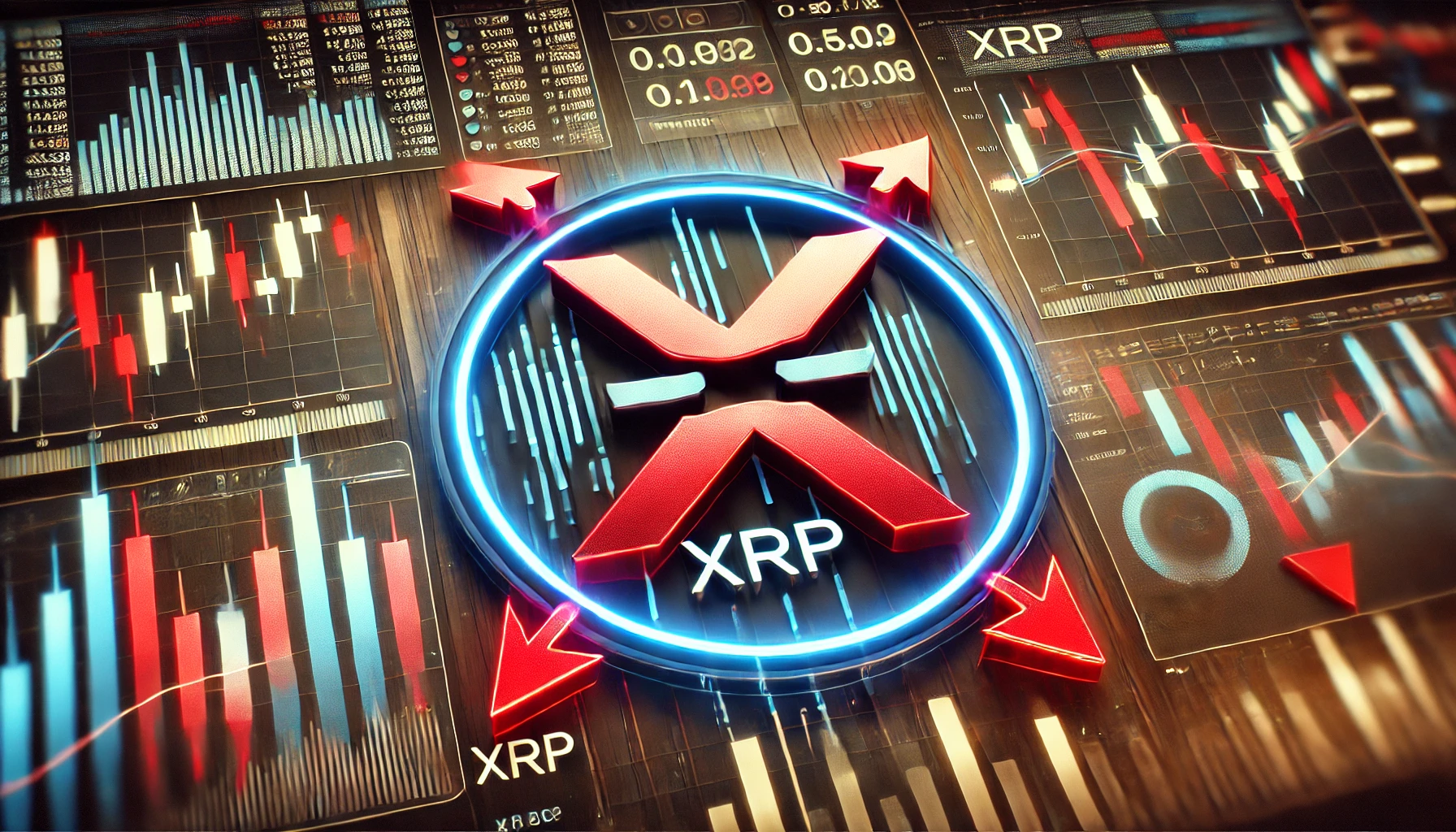ARTICLE AD
David “JoelKatz” Schwartz, the Chief Technology Officer (CEO) of the payment firm Ripple Labs, has provided an analysis of the workings of the impending XRPL Automated Market Maker (AMM) feature to help the XRP community better understand the initiative.
Ripple CTO Clarifies AMM Functionality
The Ripple CTO took to the social media platform X (formerly Twitter) to give a clear explanation of how the XRPL’s AMM feature works. His emphasis came in response to the co-founder of Anodos Finance, Panos Mekras’ X post regarding the AMM functionality.
Initially, Mekras used an analogy as he tried to describe the upcoming XRPL AMM, comparing it to a “self-running market stall,” in which demand and supply, rather than a single person’s influence, determine prices. This system ensures a steady flow without the need for manual intervention by automatically adjusting prices in response to trading activity.
However, David Schwartz weighed in on the subject after a community member voiced worries about the possibility of losing one’s XRP through the AMM. Schwartz underlined that a secure investment would be guaranteed as long as the AMM is bug-free and there are no broken invariants.
Furthermore, the Ripple exec asserted that users are provided with liquidity tokens specific to the pools they donate to. “When you provide liquidity to an AMM depositing into its pools, you get liquidity tokens that are specific to the AMM whose pools you contributed to,” he stated.
After this, he provided information on an unusual technique for measuring these token’s value. It entails calculating the square root of the product of the first asset times the second asset amounts received upon token redemption, divided by the total number of liquidity tokens owned.
Schwartz also highlighted the major goal behind the AMM initiative in his post. According to him, it aims to increase the calculated value over time, regardless of changes in the underlying asset’s price.
This strategy converts volatility into a steady rise in the token’s actual worth. This simply means that even if the asset’s closing price during the volatile period is the same as its starting price, the increase will still manifest.
David Schwartz Warns Of Loss Of Real Value
Despite this uniqueness, Schwartz has warned that while it reduces losses in some situations, it does not prevent a decrease in an asset’s value. “This does not, however, prevent a loss in actual value,” Ripple CTO stated.
Schwarts then pointed out an example to emphasize his statement and the AMM’s strategy further. When a user gets 1 XRP and $1 for his tokens, and the next day, he gets 1.05 XRP and $1.05 for his tokens, the strategy works.
He also highlighted several “pluses” and “minuses” involved in the system. The benefits include the potential to turn volatility into yield, the chance to generate income by enabling spread trades, and others.
Meanwhile, the minuses include the inability of users to make more money if asset prices increase and no guaranteed yield, among others.
Featured image from iStock, chart from Tradingview.com

 1 year ago
77
1 year ago
77 

